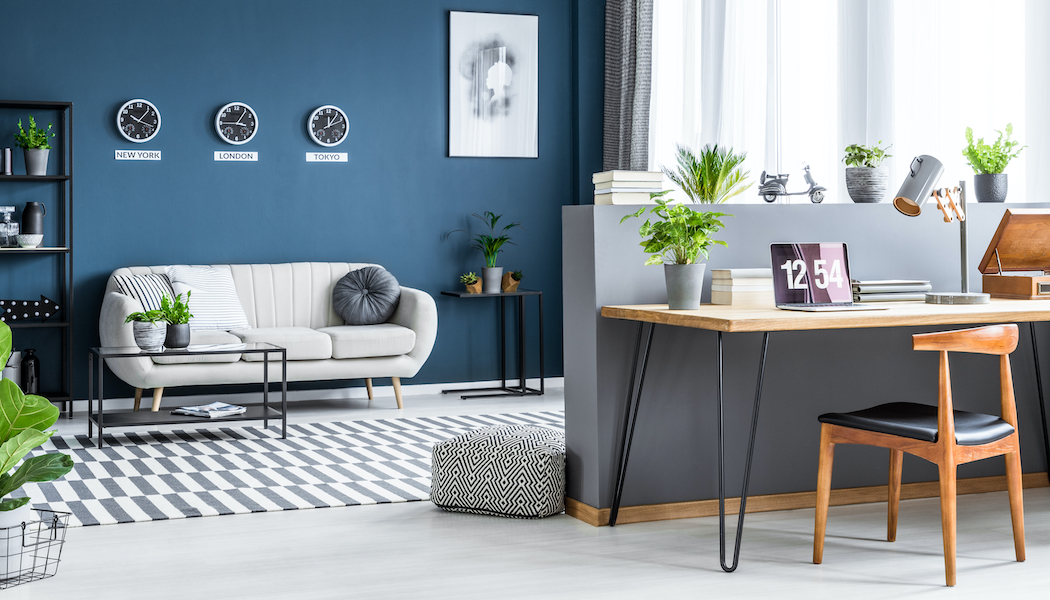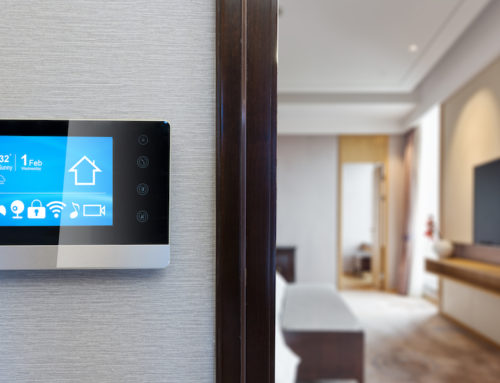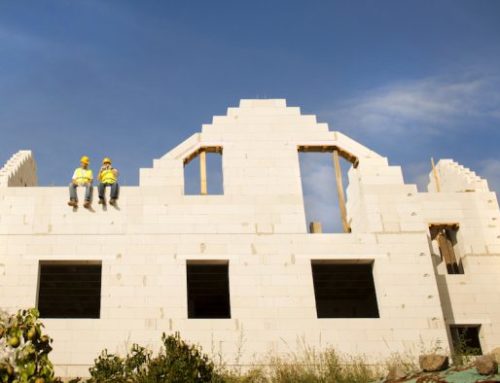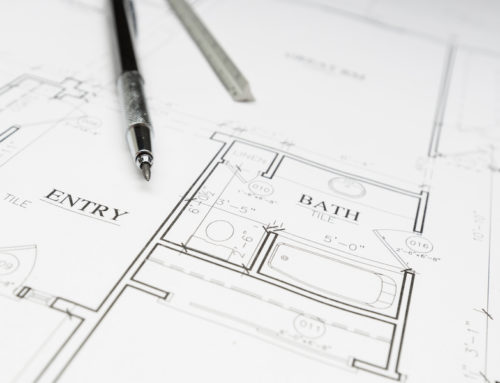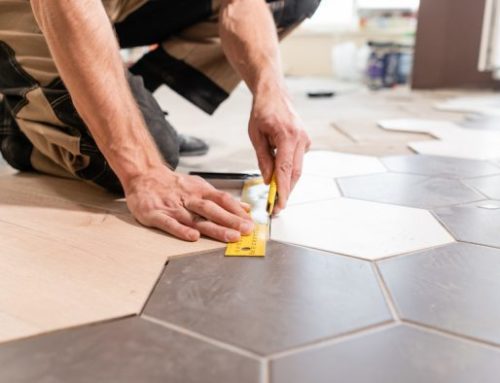Looking for ways to make your home greener and more energy efficient not only helps the environmental, but also reduces your monthly bills. From the basement to the roof, there are plenty of sustainable home improvements to reduce your footprint and catch the eye of green-minded buyers.

Appliance Yourself
Appliances account for 15 per cent of a home’s energy consumption. Opting for power-saving appliances makes a big difference to your power bill. Consider replacing your older models with green appliances that have been independently certified to save energy, such as Energy Star. Also, new energy-efficient washers, dryers, dishwashers, stoves, and fridges act like shiny, buy-me beacons to environmentally conscious potential home buyers.

Too Cool For School
Replacing your home’s entire heating, air conditioning, and ventilation (HVAC) system will cost thousands of dollars, but it may be worth the price. Heating and cooling accounts for nearly 50 per cent of a home’s energy costs. Replacing your system with one that is more energy-efficient or a radiant floor heating system would significantly reduce your environmental impact and be a great selling feature. Systems that are older than 12 years will need a revamp anyhow, so seek out an environmentally friendly replacement.

Layer Up
Insulation is the least visible green building feature. However, it might just be the most important when it comes to energy efficiency. Sealing the attic, windows, and doors of any air leaks reduces heat loss; saving energy and money. There are plenty of recycled and natural insulation materials on the market for those who are environmentally conscious.

Beat the Heat
Save energy by opting for a tankless water heater. This also saves space – no more bulky water tank in the basement or bathroom! These eco-friendly systems dispense hot water on demand, so no energy is wasted maintaining the temperature of stored water. It’s a cool, green, water-heating machine that is designed to use only the energy you need — reducing your heating bill.

Green With Ivy
A living wall is a green (and green-thumb!) feature with that is sure to impress everyone. Converting an interior wall into a vertical indoor garden has environmental payoffs too — it acts as an air purifier and humidifier, and you can grow your own food too! Plants are contained in integrated soil pots and water troughs, enhancing air circulation and inviting the outdoors in.
Energy efficiency and environmental considerations are becoming more important to homeowners in Canada. Considering how you can enhance your home to save energy and reduce your home’s environmental impact is a savvy move that will not only help you save on monthly bills but make it stand out in the market.
Courtesy of HGTV.ca.



